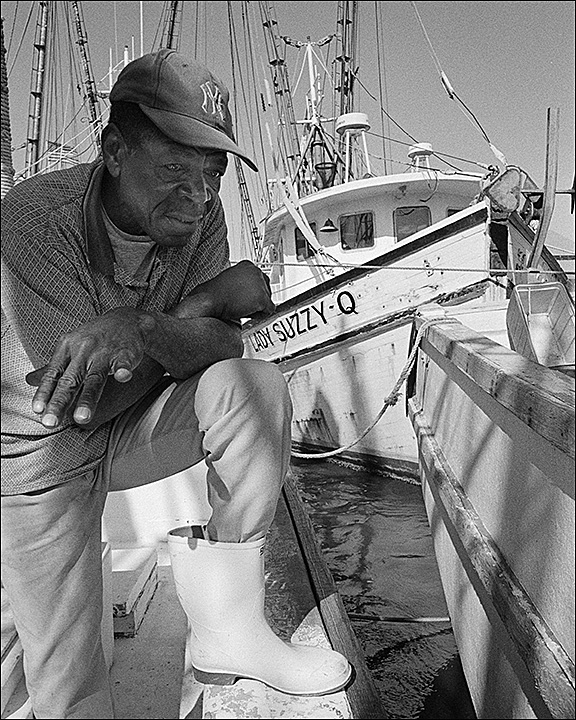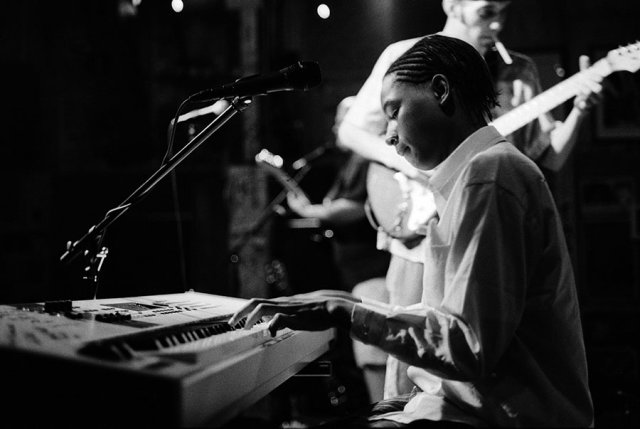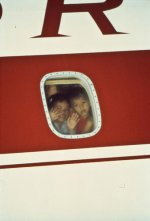Amateurs play with pushing/pulling film. Time is money to professionals and studios are set up for maximum efficiency with minimum fuss.
My time in a commercial studio in Toronto is ancient history. Our clients wanted B&W for commercial work - catalogues, newspaper adverts and weekend supplements, magazine illustrations. Color was for portraits, weddings or glam publications.
The studio work horses were Rolleiflexes. Changing a film mid-roll on a TLR would have been my idea of hell on earth. A few pros had one or two Hasselblads with extra film backs. We used a Pentax kit (one body and two lenses (50 and 105) for 'quick and nasty work' - head shots for newsletters or PR stories.
News shooters worked with one camera and sometimes had a spare. They had to shoot quickly and would not have taken the time to change film speeds.
Nobody would have changed ISO speeds on a camera or even more of a horror, change films mid-roll during a studio shoot or even in the field. Our sessions were billed in 15 minute increments and we worked like slaves to do it all with no fuss or bother . We overexposed by one-third or two-thirds of a stop, developing and printing fixed up the contrast as the clients wanted.
In those days anyone who carried two cameras and more than two lenses in the field would have been called a National Geographic shooter. Those boys (and a few girls) always had two bags with them, one for gear and the other (often bigger) for the films. Autowinders were probably invented for their use.
In the '80s media and many studios shot color negative. 35mm was used even on indoor sets. Nikons everywhere. A few Leicas. Two bodies were the norm. Again, no film speed tinkering.
Digital has changed the game. It is so easy to vary ISO speeds in a sequence, a stop under, normal, a stop over. Easier and better than faffing about with a black bag or racing off to the darkroom to snip half a roll out of the camera.
Good to know many are still into film. I shoot it now and then for the sake of old times and old memories. Always at one or two 'pegs' below ISO box speed which gives me easy to print negatives. I am with the poster who said KISS is the way to go.
If anyone out there doesn't already know - it means "Keep It Simple, Stupid".




